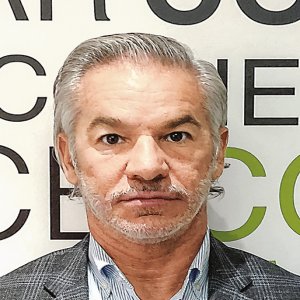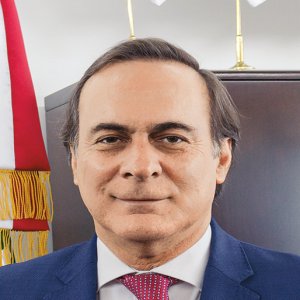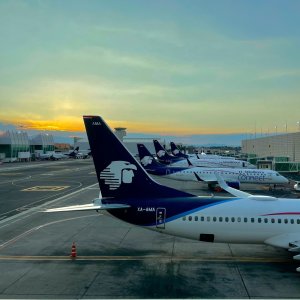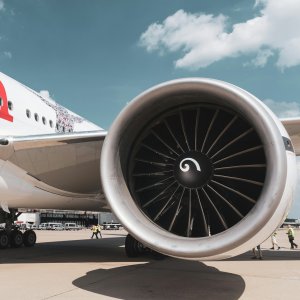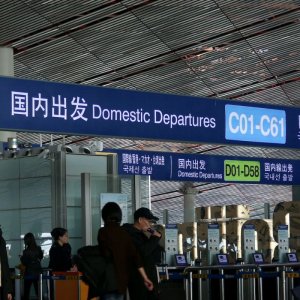Joint Efforts Needed to Increase Tourism into Mexico

STORY INLINE POST
Q: Tourism has become an important economic engine for the country. What elements have allowed this expansion?
A: In terms of tourism, Mexico ranks sixth in terms of most visited countries, although it is important to note that foreign tourism accounts for about one-fifth of the country’s total tourism GDP. The rest comes from Mexicans traveling around Mexico. In recent years, tourism has increased, particularly among foreigners who travel to the country for several reasons, one of them being location. The promotion of Mexico has also been very important and effective in attracting more visitors. Another factor to consider is that the purchasing power of the US market, which is an important source of tourists, has also increased.
Mexico faces several challenges but the investment the country has received in recent years has generated employment that adds to the country’s total payroll. In just two years, minimum wages have risen 12 percent. When a country’s total payroll increases, people start to travel more and even choose to stay in hotels instead of staying in with a family member or friend.
Q: How have volatility and uncertainty impacted the sector’s performance?
A: In 2017, tourism grew significantly. However, in 1Q18, we saw a slight decrease in the number of foreigners who visited the country and there was also a slowdown in terms of national tourists in 2Q18. It is important to note that in this quarter there were two elements that impacted the sector: the presidential elections and the slowdown in GDP growth, which were accompanied by nervousness and volatility.
From an economic perspective, I think markets and investors have already gone through the uncertainty phase associated with the presidential elections. There are elements of the new government’s platform that everyone can support, such as the reduction of the country’s poverty levels, its anti-corruption stance and its goal to reduce violence, as well as the application of rule of law. Another challenging variable was the signing of USMCA.
Q: What can be done to curb the violence and insecurity impacting tourism?
A: Violence and insecurity cannot be ignored. Unfortunately, there have been incidents in certain destinations accompanied by news coverage that has been somewhat exaggerated. In certain regions we have to work hard to improve conditions and create crisis management programs, which many cities around the world already have.
Q: What are your expectations for the sector?
A: We need to keep in mind that there are cycles and that the sector cannot always grow exponentially. We are bound to have moments of stabilization and of decline, but I do not see elements that could imply that the Mexican tourism sector is fading. If the US economy continues growing as forecast, we can expect it to continue buying from us and for visitors to keep coming to Mexico. The one thing that could stop growth is insecurity, which is very important for international travelers. To maintain growth, we must provide several elements: security, infrastructure, communications and highways. I think we have the conditions to maintain current levels or even to grow further.
Q: What should be the elements of a long-term public policy for the tourism sector?
A: According to international studies, Mexico ranks around 40th in tourism competitiveness. When you analyze how tourism competitiveness is defined around the world, the main variables are rule of law, insecurity and fiscal transparency. These are the variables we need to improve. There are many elements that should be included in a long-term public policy. All in all, I would say that the three main things would be connectivity, reinforcing rule of law and improving security. However, these elements are not only for tourism; you can apply them and several economic sectors would benefit

